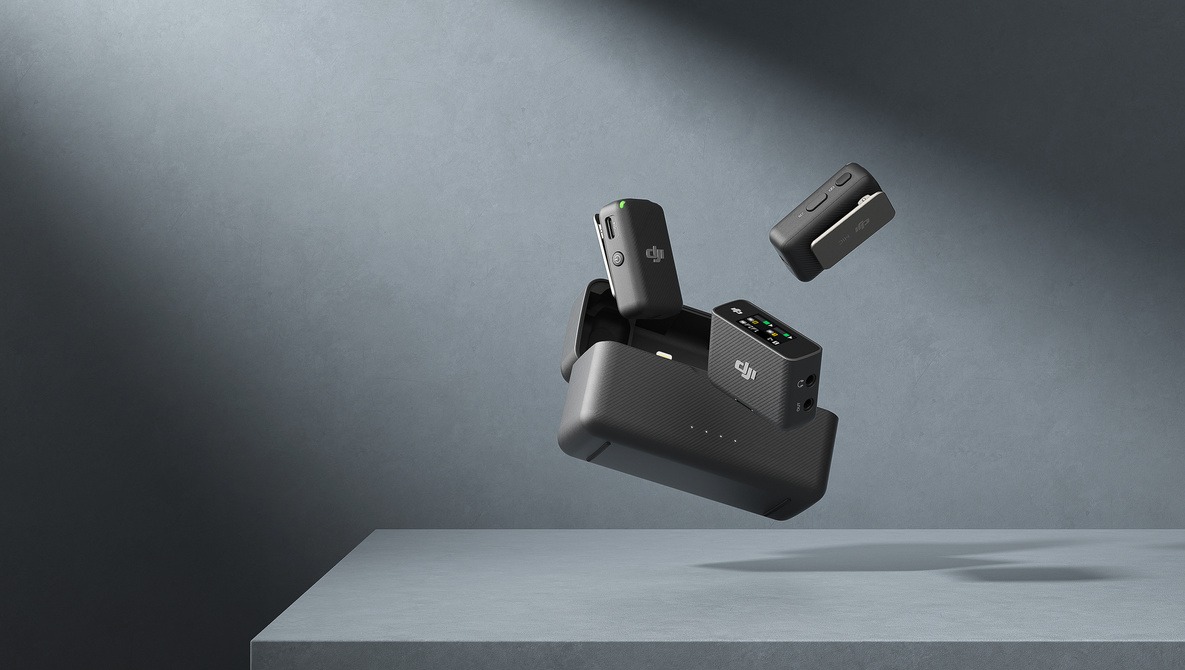DJI’s wireless microphone system offers creators the flexibility to record high-quality audio from a distance, a feature that is essential for videographers, vloggers, and live streamers. Whether you are pairing it with a camera, a smartphone, or a computer, the process can be quick and straightforward. Here, we’ll guide you through the pairing steps across different types of devices to ensure seamless audio integration for your projects.
Pairing with Cameras
To expand the audio capabilities of your camera with a DJI wireless microphone, follow these simple steps.
Prepare the Equipment
Before attempting to pair, ensure that both your camera and the DJI wireless microphone are charged. Power on the microphone, and confirm that the LED indicator is active. Make sure the camera is set to a mode that accepts audio input, such as video or audio recording mode.
Connect and Sync
Insert the DJI microphone receiver into your camera’s microphone input port. Most cameras have a standard 3.5mm audio input, but if yours requires a different connector, use the appropriate adapter. Turn on the receiver and wait for it to sync automatically with the microphone transmitter. If it doesn’t pair immediately, refer to the DJI manual to initiate manual pairing mode. Once synced, do a quick test recording to ensure the audio is being captured.
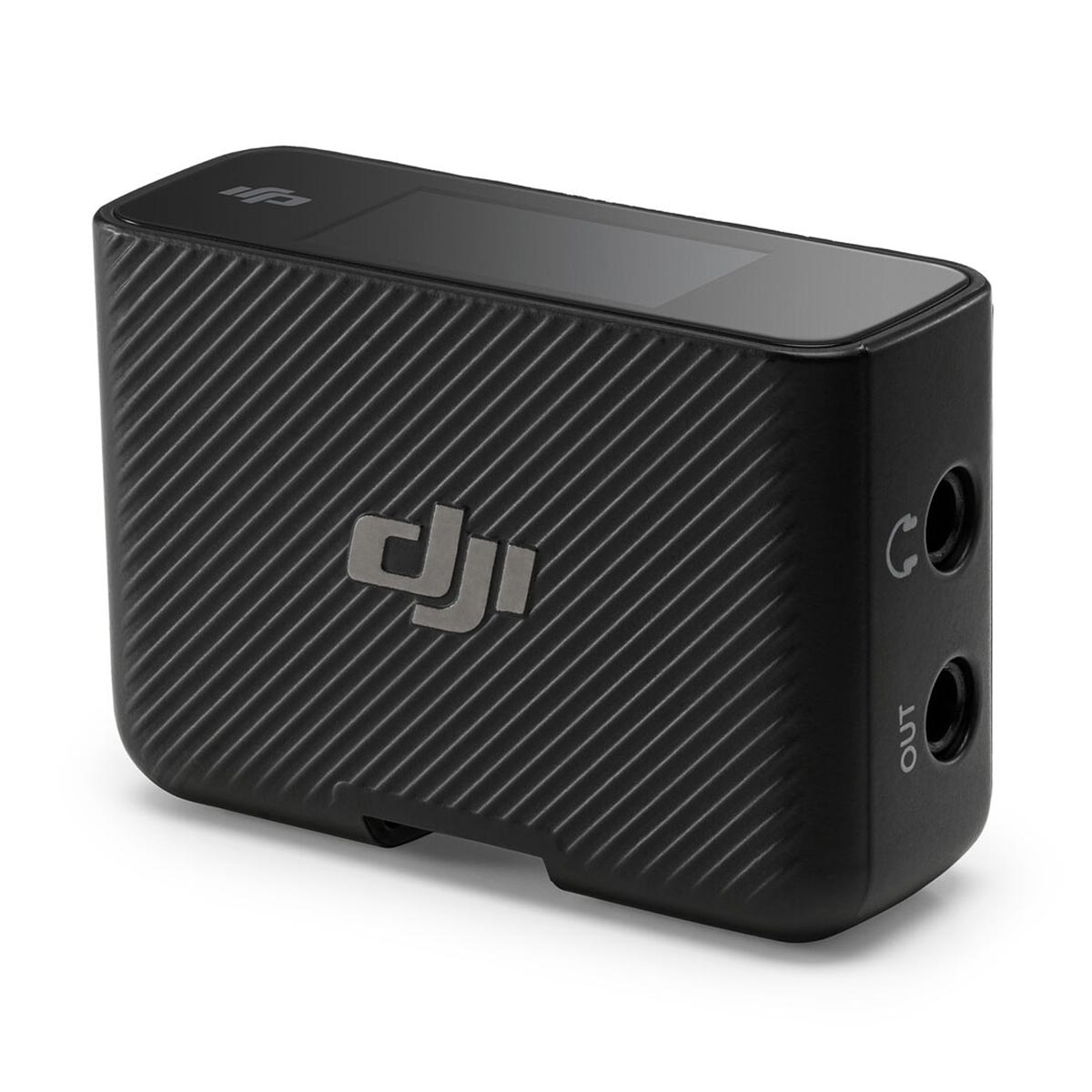
Pairing with Smartphones
With content creation on the go becoming increasingly popular, you may want to pair your DJI wireless microphone with a smartphone.
Smartphone Setup
Many modern smartphones do not have a headphone jack, so you might need a USB-C or Lightning to 3.5mm adapter for this process. Connect the DJI microphone receiver to your smartphone using this adapter. Ensure that your phone recognizes external audio input, which you can usually verify through the audio or camera settings.
Launch Recording App and Test
After setting up the physical connection, open your preferred video or audio recording app. Most apps will automatically detect the external microphone and switch the audio input source. To be sure, go to the app’s settings and confirm that the input source is the DJI microphone. Record a sample clip to make sure the audio levels are satisfactory and that there is no interference.
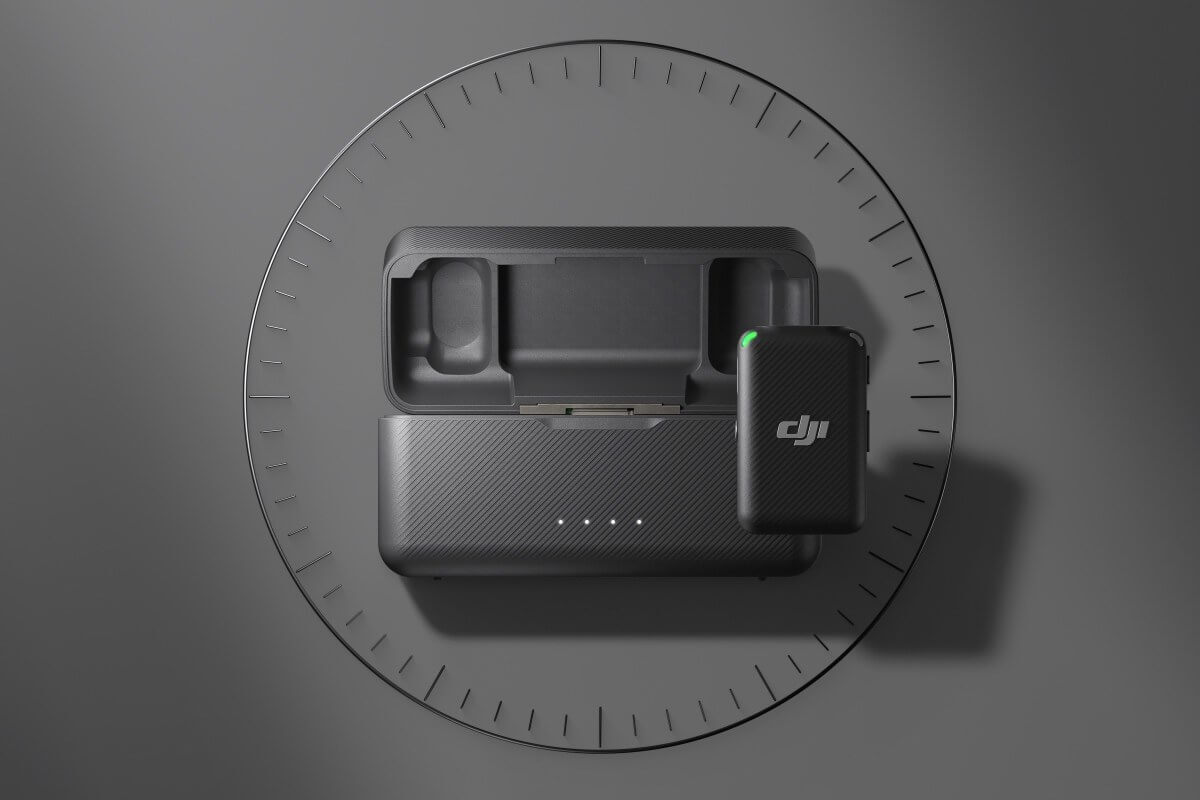
Pairing with Computers
Setting up your DJI wireless microphone with a computer can greatly improve audio quality for streaming, podcasting, or online meetings.
Computer Connectivity
Most computers have a 3.5mm microphone input jack, or you can choose to use a USB port with an audio input adapter if necessary. Plug the DJI microphone receiver into the appropriate port on your computer. Depending on your operating system, you may receive a notification that a new audio device has been detected.
Select Input Device and Adjust Settings
Open your computer’s sound settings to ensure it recognizes the DJI microphone as an input device. On Windows machines, this is typically found under “Control Panel > Sound” and on Macs under “System Preferences > Sound.” Select the DJI microphone as your input source, check the input levels, and conduct a brief recording test. If you are using specialized software for streaming or recording, you also need to select the DJI microphone within that software’s settings.
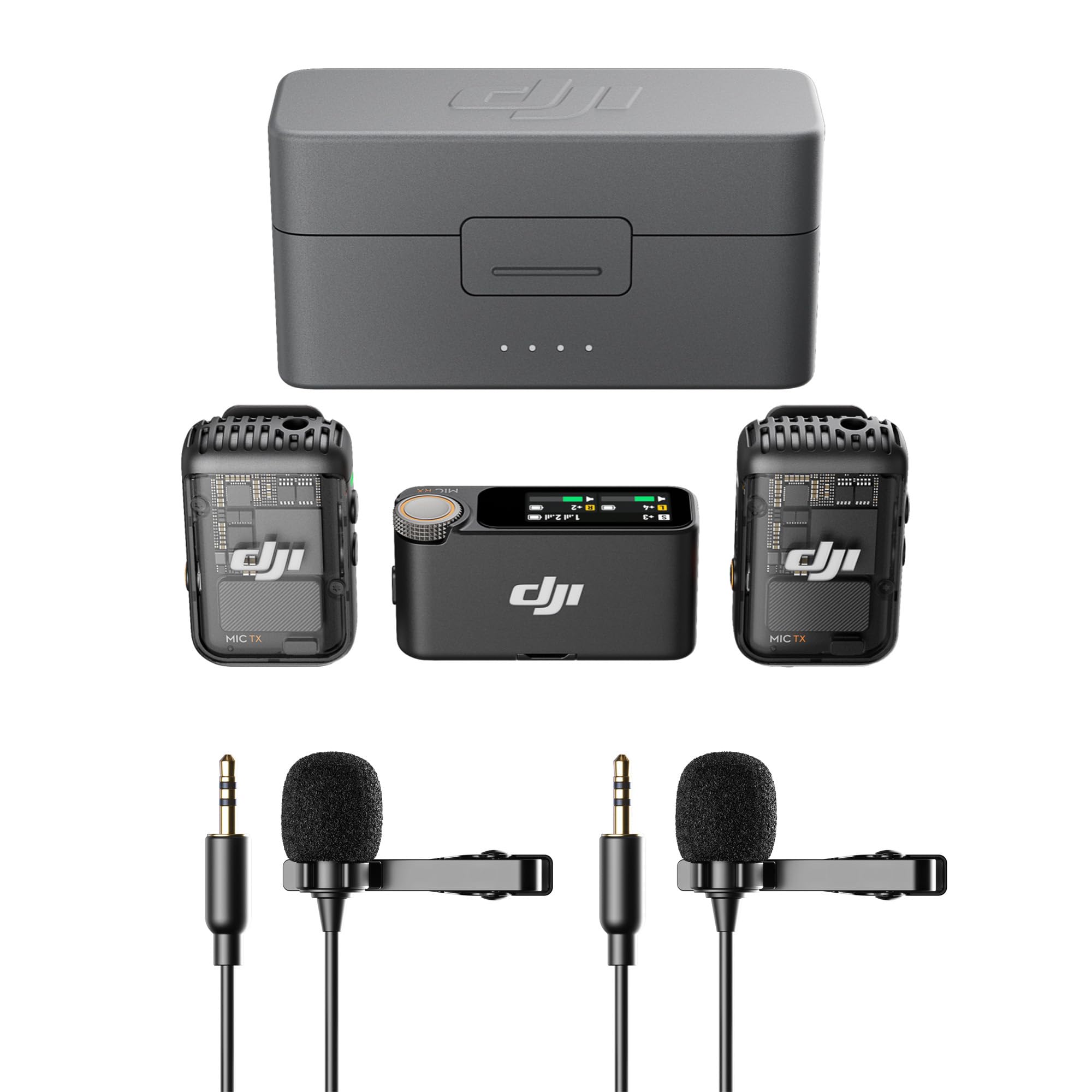
Smooth Integration
Occasionally, you may encounter issues when pairing your DJI wireless microphone. Here are some troubleshooting tips to help.
Troubleshooting Common Issues
If you experience no audio or poor audio quality, verify that both the microphone and receiver are fully charged and within range of each other. Next, check that the connections are secure and that any necessary adapters are functioning correctly. It’s also a good idea to test with another recording device to isolate the issue.
Optimizing the Experience
For the best performance, keep the DJI wireless microphone and the receiver within a clear line of sight, minimizing obstacles that could cause interference. Furthermore, periodically check for and install firmware updates for your DJI microphone system to ensure you have access to the latest features and bug fixes.
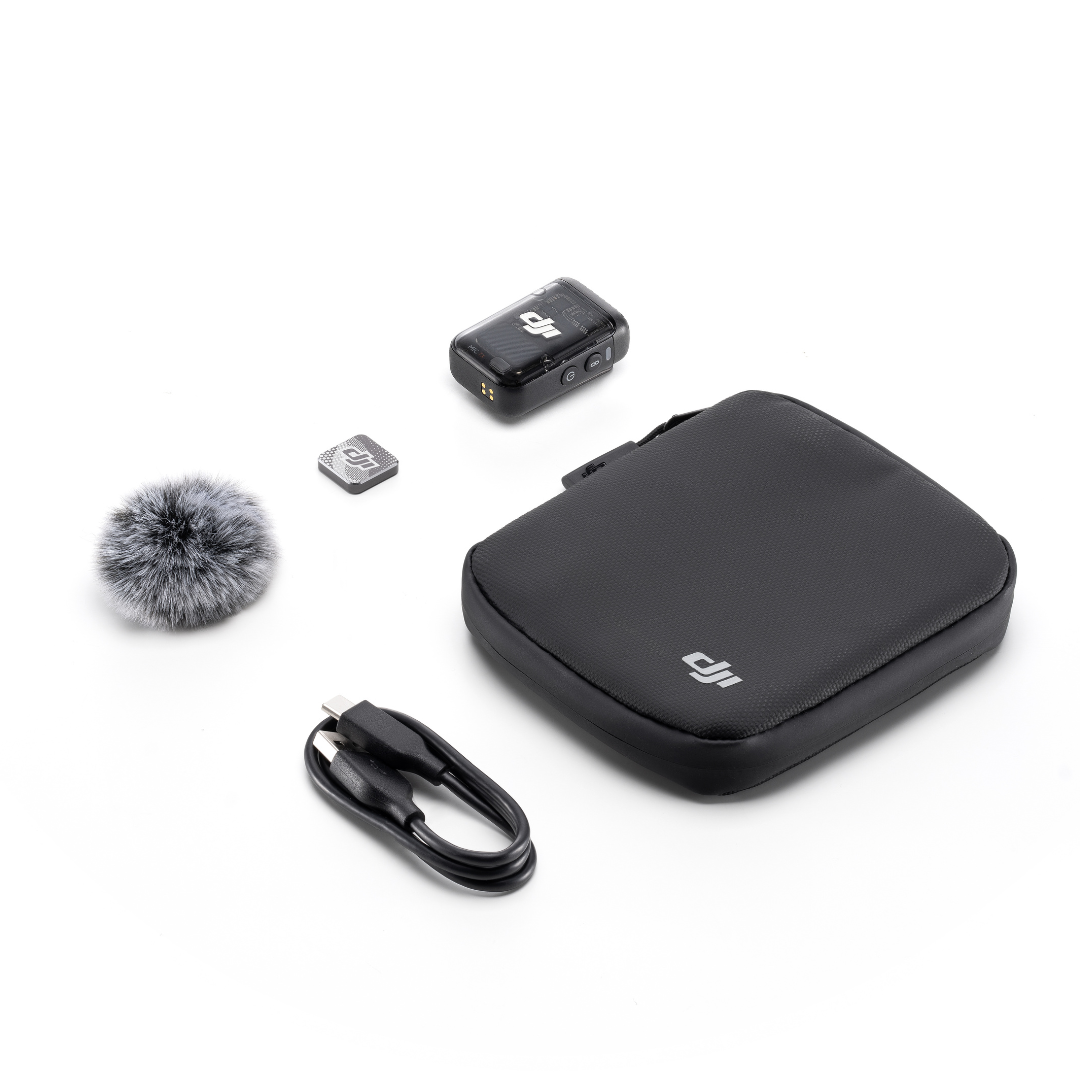
Expanding Device Compatibility
As technology rapidly evolves, you may find yourself with a mix of devices to pair with your DJI wireless microphone. While the process may vary, the principles of connecting remain similar.
Embracing New Technologies
With new devices continuously entering the market, staying versatile is key. For devices without the standard 3.5mm jack, such as some tablets and modern laptops, you might need specific USB adapters or Bluetooth connectivity options if supported by DJI. Always check that the firmware on your DJI wireless microphone is updated to ensure it can link smoothly with the latest devices.
Master Varied Connection Scenarios
Your workflow may involve switching between different devices. Create a connection checklist specific to each device type. With a system in place, you can rapidly pair your DJI microphone whether you’re jumping on a live stream via your laptop or recording an impromptu vlog on your smartphone.
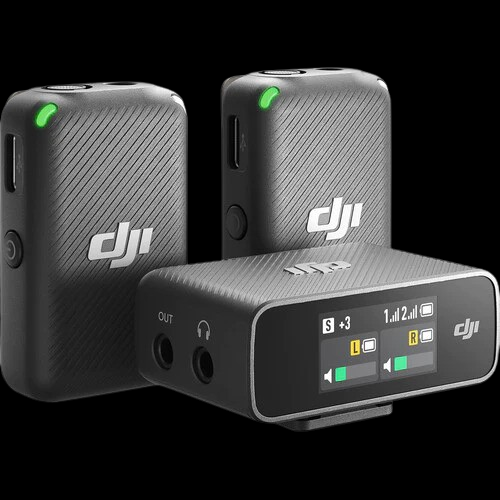
Optimizing Audio Quality
A successful pairing is the first step; optimizing the settings for the best audio quality is next.
Fine-Tune for Clarity
After pairing your DJI wireless microphone, take the time to adjust the sound levels. Avoid maxing out volume controls to prevent distortion. Use the gain settings responsibly, finding the sweet spot that provides clear audio without background noise, hiss, or clipping.
Environment and Positioning Matter
Consider the recording environment. Minimize echoes and background noise where possible, and position the microphone close to the sound source for the clearest audio capture. This position may vary depending on your surroundings, so a quick test and adjustment can make a significant difference.
Future Proofing Your Setup
To ensure that your setup remains relevant and functional in the long term, forward-thinking planning is crucial.
Keep an Eye on Updates
Technology standards change, and software updates frequently. Keep abreast of updates not only for your DJI microphone but also for the devices you pair it with. Firmware updates can introduce new features, compatibility improvements, and security fixes that enhance performance and usability.
Investing in Versatile Accessories
Having a range of adapters and cables can save the day when dealing with varying connection interfaces. Invest in high-quality, multi-purpose adapters that can bridge the gap between your DJI wireless microphone and any incompatible ports you might encounter.
Following these steps should allow you to pair your DJI wireless microphone with various devices effectively. A consistent pairing process assists in making your recording sessions more efficient and ensures that high-quality audio accompanies your visual content, increasing production values and audience engagement.
